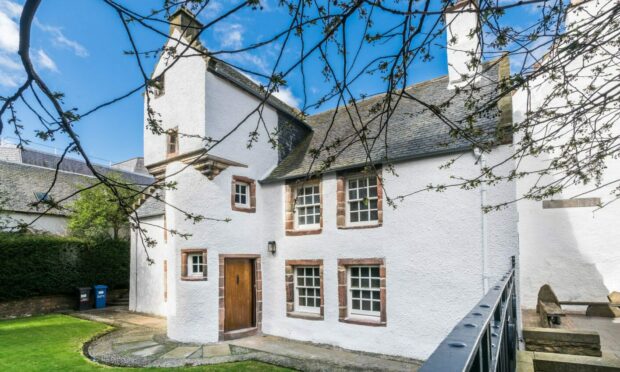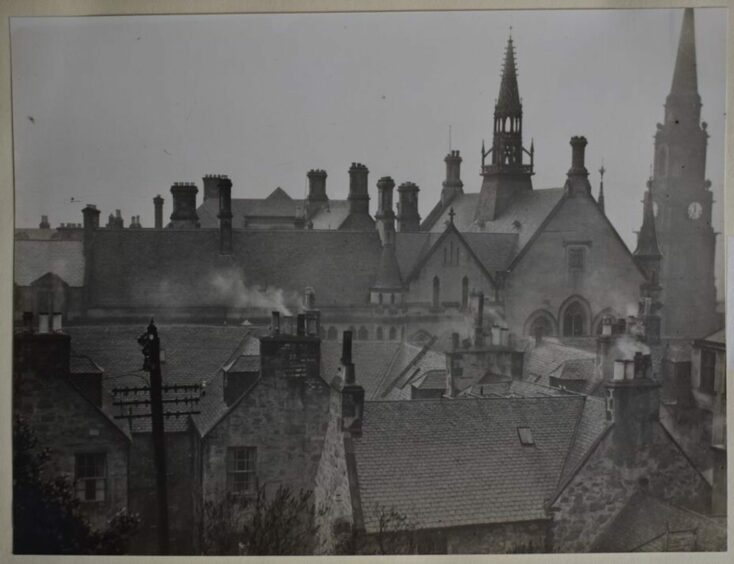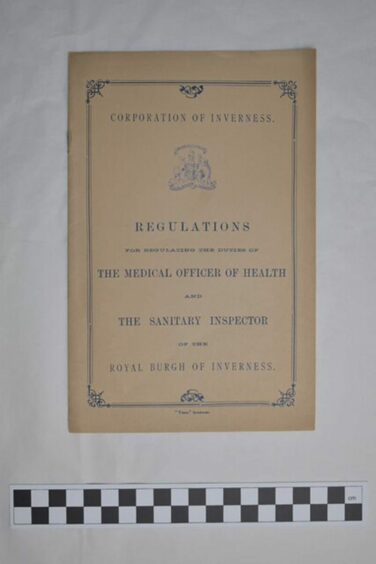A new exhibition will transport visitors back in time to the sights and smells of old Inverness.
Inverness Stinks lifts the toilet lid on the city’s history, from the story of its sanitation to the conditions people had to endure without drains, sewers, and clean water.
The exhibition has been curated by the National Trust for Scotland (NTS) at Abertarff House on Church Street, Inverness.
Built in 1593, Abertarff House is the oldest house in Inverness and has been cared for by the Trust since 1963.
Katey Boal, visitor services manager engagement, for Culloden and Abertarff House said: “We’re always looking for creative ways to engage with visitors and encourage more people to come along and experience the heritage and history of Abertarff House.
“This exhibition gives a glimpse into what daily life must have been like for people in Inverness living without these basic facilities in days gone by.”
Illustrated by archive photographs from Inverness Museum and Art Gallery, the exhibition’s themes include Nasty Ness, A Very Dirty Town, Stinking Sewage, Smelly Streets and Reeking Rooms.
The stories are being told through the words of the people who lived and worked in Inverness, whilst drawing on archive material from a range of public records, documents and newspaper clippings.
The exhibit shows how the Highland capital was not always a place renowned for its clean air and a sparkling river running through it, as it is today.
Nineteenth century Inverness saw sewage, dead animals and even hospital waste being tipped into the River Ness.
In 1832, 175 adults and children died as a result of a cholera outbreak.
The visitor services manager added: “It’s staged in a fairly light-hearted and engaging way, but it also has a serious point about the importance of good public health, something we have all been very aware of during these past two years of the pandemic.”
Inverness Stinks is now showing at Abertarff House in Church Street and is open to the public Fridays to Mondays until the end of October.



Conversation